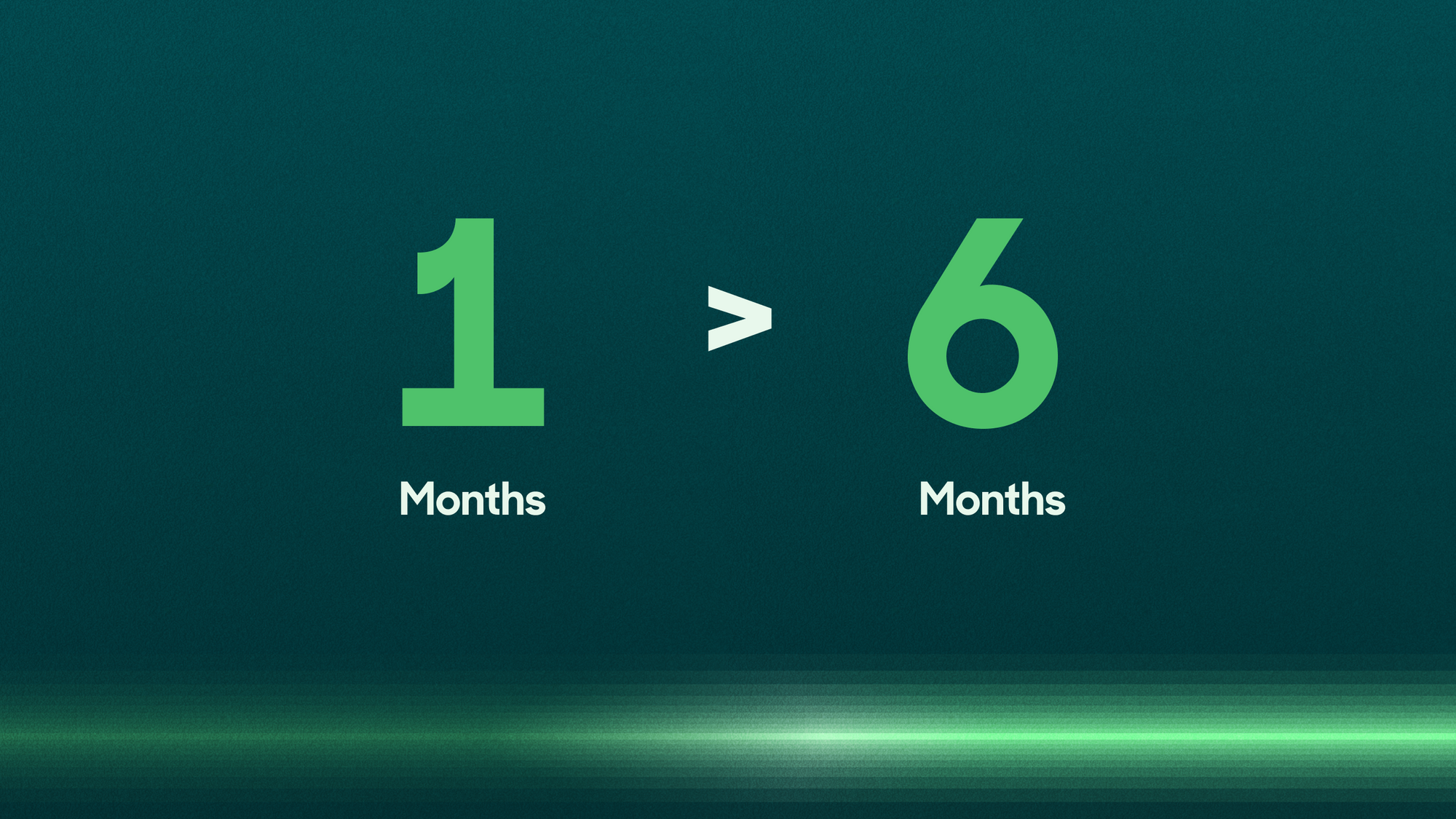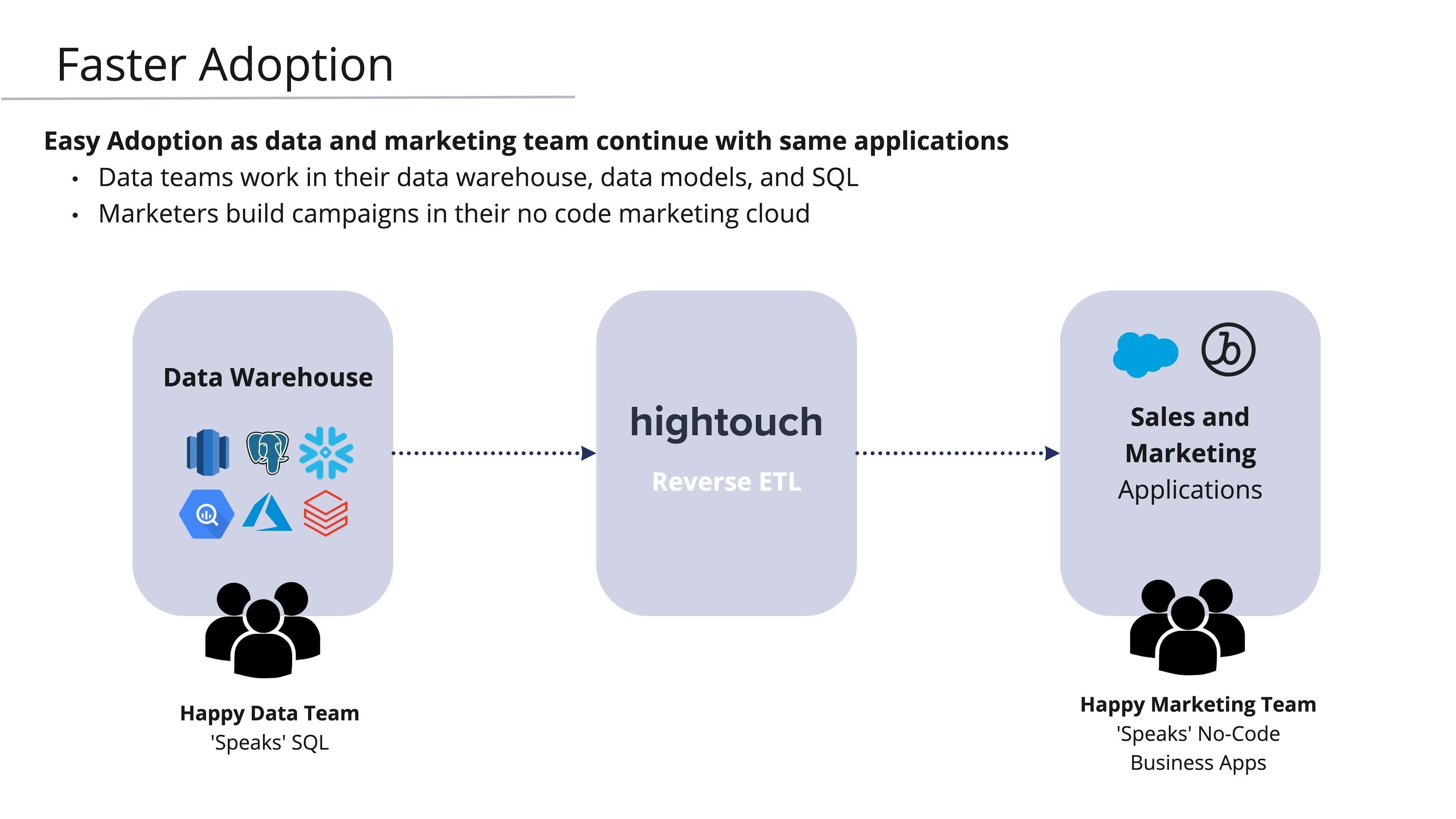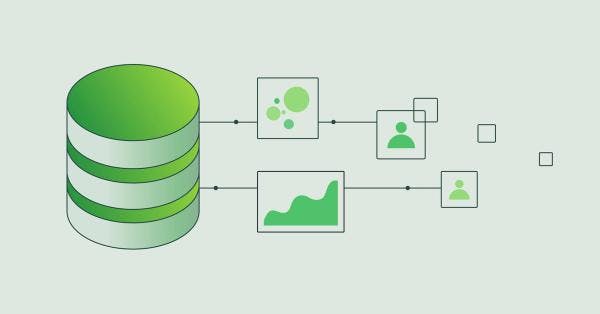The Implementation Free CDP: Stop Waiting 6 Months
Stop spinning your wheels trying to implement a CDP and learn how you can activate your data immediately.

Lee Hammond
March 9, 2022
5 minutes

There’s a lot of hype around Customer Data Platforms (CDPs) because every vendor in Martech is trying to sell their SaaS tools with the common promise of a unified customer profile. Even compared to just three years ago, business leaders better understand their needs for something like a CDP solution, and the demand continues to increase accordingly.
However, as critical as the need is for a 360-view of the customer in today’s digital landscape, the real question you should be asking yourself is: what is the price of admission—even for such an uncertain assurance? The answer is time: time to value, time to evaluation, time to security, time to implementation, and time to adoption. It all adds up to your bottom line, but luckily there is a better (faster) way.
The new way starts with the data warehouse. With new Reverse ETL technology, businesses can quickly activate all of their customer data by sending it directly to their frontline marketing, sales, customer support, and other digital channels / disparate sources.
This unbundled approach to a CDP is not only significantly faster in time to value, but the ability for marketers and sales teams to actually execute data-informed campaigns is finally and fully realized. With the significant time savings found in this new approach, CDPs simply don’t hold a candle to Reverse ETL. Here’s a quick look at how this new approach brings speed, insights, and a single customer view to your entire organization.
1. Implement Faster
It’s no secret that CDP implementations are major digital transformation projects – from data ingestion to marketing activation, they typically take six months to complete. Reverse ETL, by contrast, starts with data readily available in the data warehouse so that marketing efforts can begin immediately and the data can be activated.
The different timelines of CDPs compared to Reverse ETL tools reflect the technical architecture and assumptions each makes about the business environment.
- CDPs assume there is no customer database of record and therefore create one from scratch by ingesting customer data from all Martech and business systems.
- Reverse ETL assumes the data warehouse already provides enough of the essential customer data to act as a customer database of record.
For most companies evaluating CDPs, the reality is a bit of both: there is no customer database of record, and the data warehouse already contains all essential customer data.
As for timelines, CDPs frontload the implementation process by building a 360-degree view of the customer before any marketing activations begin. Ingestion and unification of customer data from all channels and systems is the necessary first step. Even in situations where the data warehouse has already ingested and normalized data from the same systems and channels, this takes an enormous amount of time.

Reverse ETL starts with the customer data in the warehouse and connects to activation channels almost immediately. Although the customer data may be a partial 180-degree view of the customer— it can be put to immediate use in campaigns. Even partial customer data activation is used to improve conversion and performance metrics immediately while a 360-degree view is built up over time.
2. Empower Faster Adoption
Change management is the final stage of any digital transformation project. This is the phase where the training and hand-offs of new technology from implementers to operators occur. In short, teams are trained to adapt and use the latest technology. Time and experience show that CDPs simply do not have an excellent track record with time to adoption, if at all.
CDPs occupy a new category in a company's technology stack, equal parts data analytics, and marketing activation. In theory, combining these functions into a unified experience should help with adoption, but in practice only doubles the work for the related data and marketing teams.
The CDP application rarely displaces any technology; instead, it is a new additional application added to enhance data and marketing tech stacks.
- Data teams maintaining the data warehouse, pipelines, and reporting tools are now forced to feed and manage data in a new CDP data warehouse.
- Marketing teams build campaigns in their marketing cloud (Braze, SFMC) AND build audiences in their CDP.
The friction and lack of adoption occur because the same people are asked to perform the same task twice in two separate applications! Data teams would rather work using SQL inside the data warehouse than learn the no-code or proprietary API interfaces of a CDP. And marketers prefer to segment and orchestrate audiences within their marketing cloud application–which means they’re switching between a CDP and a Marketing Cloud.
Reverse ETL is much easier to adopt as it makes minimal changes to existing workflows and applications already in place.
- Data teams continue using SQL and their data warehouse to model and sync audience data to business and marketing applications.
- Business and marketing teams continue to segment and orchestrate within their existing sales and marketing applications, but now with richer data provided by the data warehouse.

Want to See the Other 2 Reasons?
The Reverse ETL category is a new one in Martech. It arose from businesses wanting to use their internal customer data warehouse to directly power marketing and advertising campaigns. CDPs provide those activation capabilities but only as an all-in-one packaged solution.
Keep reading our full whitepaper to explore the other two reasons, as well as four additional real-world case studies (Nando’s, Autotrader, etc) and more ways an Implementation-free CDP can activate your customer data (and your teams) faster.






